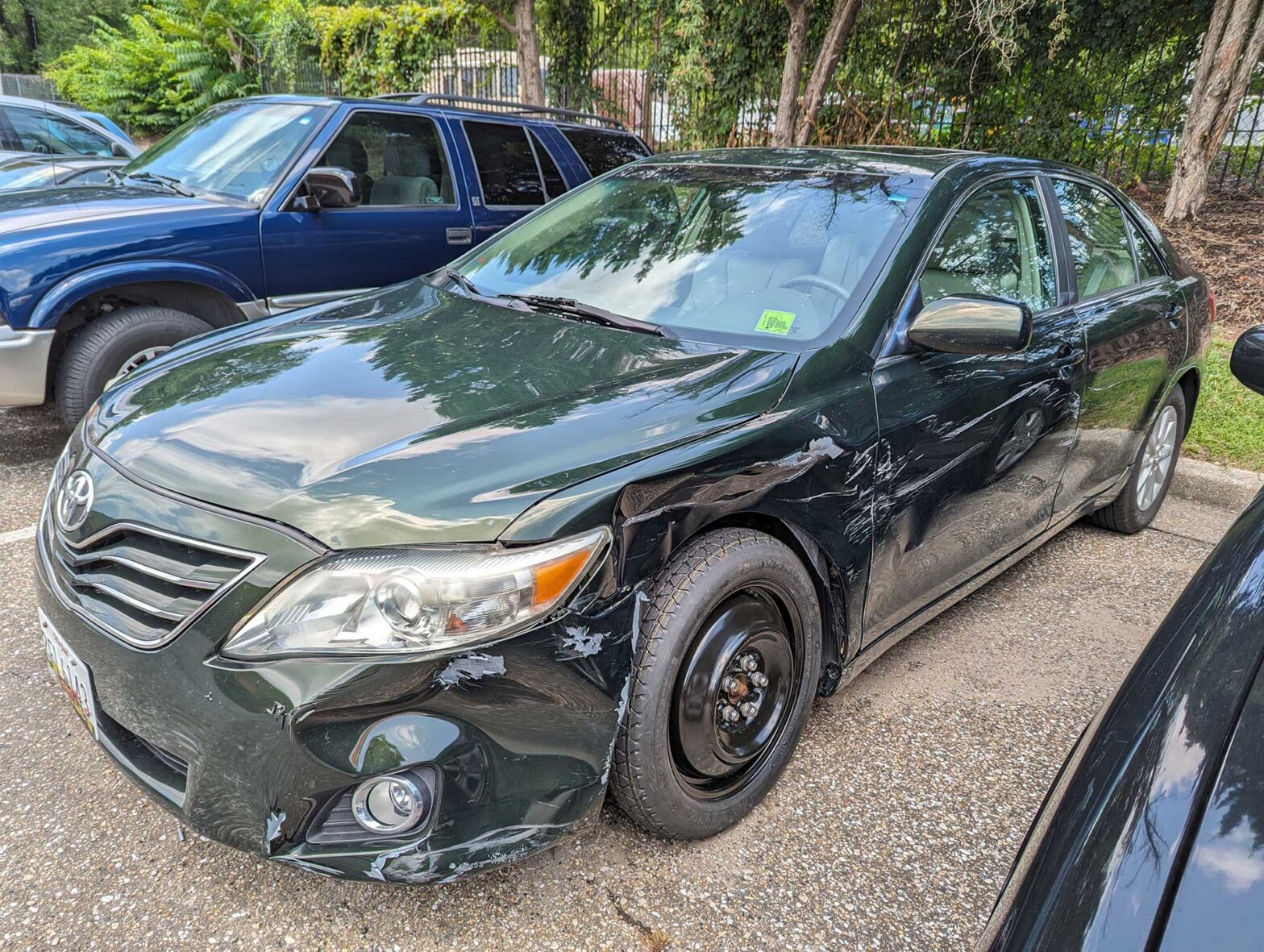@ Midjourney AI Image Prompt: /imagine prompt:Generate an image of diverse cars with safety features (airbags, seatbelts) engaged, amidst a protective bubble, with a shield emblem highlighting reliability, and a background of serene landscapes indicating peace of mind. –v 5.2 –ar 16:9
Imagine you’re cruising down the highway when suddenly, a car swerves into your lane. In a heartbeat, you’re caught in a fender-bender. Now, think about your insurance—will it cover the costs without a hassle? You need top-notch car accident insurance policies that won’t leave you stranded. Let’s dive into why you should choose policies with comprehensive coverage, seamless claim processes, affordable premiums, robust benefits, and unwavering customer support. Don’t wait until it’s too late—get informed now.
Assessing Coverage Extent
When you’re sizing up car accident insurance policies, it’s crucial to gauge how comprehensive the coverage is to ensure you’re fully protected on the road. Delving into the policy’s fine print, you should analyze coverage limitations meticulously. These stipulations define the bounds of the insurer’s responsibility, revealing instances where you might be vulnerable. For example, your policy might restrict coverage to certain types of accidents or limit payouts for specific damages, which can leave you unexpectedly exposed financially.
Equally important are deductible amounts—the cash you’ll pay out-of-pocket before insurance kicks in. A lower deductible can mean less financial stress after an incident, but typically comes with higher premiums. You must weigh this balance carefully, considering both short-term affordability and long-term security.
Evaluating Claim Process
You’ll need to scrutinize the claim process of each policy, as a straightforward and swift procedure can significantly ease your stress in the event of an accident. Claim speed is a critical factor; top insurers often boast rapid response times and efficient claims resolution. Delve into customer reviews and insurer statistics to understand typical timeframes from claim filing to resolution.
Documentation requirements are another vital aspect to examine. Some policies may necessitate extensive paperwork, which can delay the process. Seek out insurers known for their minimal documentation demands and streamlined submission protocols. Carefully review the list of necessary documents in advance, so you’re prepared if an incident occurs. This proactive approach ensures that, when time is of the essence, you’re not caught unawares by cumbersome claims procedures.
Comparing Premium Costs
Assessing an insurer’s premium rates is crucial to ensuring your budget’s longevity while securing ample coverage. You need to delve into the specifics of each policy, identifying any coverage loopholes that could leave you financially exposed after an accident. It’s not just about finding the lowest premium; it’s about understanding what you’re paying for.
When comparing premium costs, examine deductible variations closely. A lower premium often comes with a higher deductible, which could strain your finances if an accident occurs. Conversely, a higher premium with a lower deductible might offer better value in the long run, especially if you’re prone to filing claims.
Analyzing these factors meticulously can save you from unexpected expenses and provide a safety net that aligns with your financial comfort zone.
Understanding Policy Benefits
Moving beyond premium costs, it’s essential to scrutinize the benefits each car accident insurance policy offers to ensure you’re getting comprehensive protection. Conducting a thorough risk assessment helps you understand the level of coverage you need. Here’s what to consider:
- Deductibles: The out-of-pocket expense you’re responsible for before insurance kicks in.
- Coverage Limits: The maximum amount your insurer will pay for a covered claim.
- Policy Inclusions: Specific situations or types of damage covered under the policy.
- Coverage Exclusions: Circumstances or damages the policy does not cover.
- Additional Benefits: Roadside assistance, rental car provisions, or legal fee coverage.
Each of these factors plays a pivotal role in shaping the security blanket your car accident insurance policy provides. Pay close attention to coverage exclusions to avoid unwelcome surprises during claims.
Analyzing Customer Support
When evaluating car accident insurance policies, don’t overlook the importance of a company’s customer support, as this can greatly influence your experience during stressful claims processes. Support responsiveness is a critical metric; it signifies how quickly and effectively a company responds to your inquiries and concerns post-accident. The best insurers provide prompt, empathetic, and solution-oriented support, which can be a lifeline in the aftermath of a collision.
Examine the available communication channels too. Insurers that offer multiple points of contact—such as phone, email, live chat, and even mobile app support—afford you the flexibility to communicate in the manner that suits you best. Access to 24/7 support, especially, is invaluable. This level of commitment to customer service is a hallmark of leading car accident insurance providers.
Frequently Asked Questions
How Does Car Accident Insurance Cover Incidents Involving Uninsured or Underinsured Motorists?
When you’re hit by an uninsured or underinsured driver, your car accident insurance steps in. The claim process begins when you file a report with your insurer, detailing the incident. They’ll review it against your policy limits, ensuring you’re compensated up to the maximum coverage provided. It’s crucial to understand these limits, as they dictate the extent of financial protection you receive in such stressful situations, safeguarding you from out-of-pocket expenses.
Can a Policyholder Choose Their Own Repair Shop After a Car Accident, or Are They Limited to the Insurer’s Network?
Navigating the crossroads post-accident, you’re at liberty to select your own repair shop, though your insurer may nudge you towards their preferred network. Emphasizing repair warranties and shop certification could sway your choice. Your policy’s fine print dictates whether steering towards network garages means smoother claims and whether independent shops offer the same quality assurances. Analyze your policy’s details to understand the balance between freedom of choice and the benefits of networked services.
What Is the Impact of a Car Accident on Future Insurance Policy Renewal Rates and Premiums?
If you’re involved in a car accident, it can significantly affect your future insurance premiums. Insurers reassess your risk and may increase your rates upon renewal. The premium calculation takes into account your recent claims history; a record with accidents can lead to higher premiums or even claim rejection. It’s crucial to understand this impact, as it directly influences the cost and conditions of your ongoing car insurance coverage.
How Do Car Accident Insurance Policies Handle Personal Items That Were in the Vehicle at the Time of the Accident?
You should know that about 65% of auto insurance claims involve property damage, including personal items. When you’re in a crash, car accident insurance policies evaluate the worth of personal belongings lost, using item valuation methods. They’ll analyze receipts and consider depreciation to determine reimbursement. Ensure you’ve listed valuable items on your policy to secure their coverage. Always review the specifics, as protection for personal belongings varies across policies and insurers.
Are There Any Specific Exclusions or Circumstances Under Which a Top Car Accident Insurance Policy Would Not Provide Coverage?
You should be aware that even top car accident insurance policies have coverage limitations. Exclusion specifics often include incidents like driving under the influence or intentional damage. If you’re involved in such situations, your policy likely won’t cover the damages. It’s crucial to understand these details beforehand to avoid surprises during a claim. Analyze your policy’s fine print to ensure you’re knowledgeable about what is and isn’t included in your coverage.

